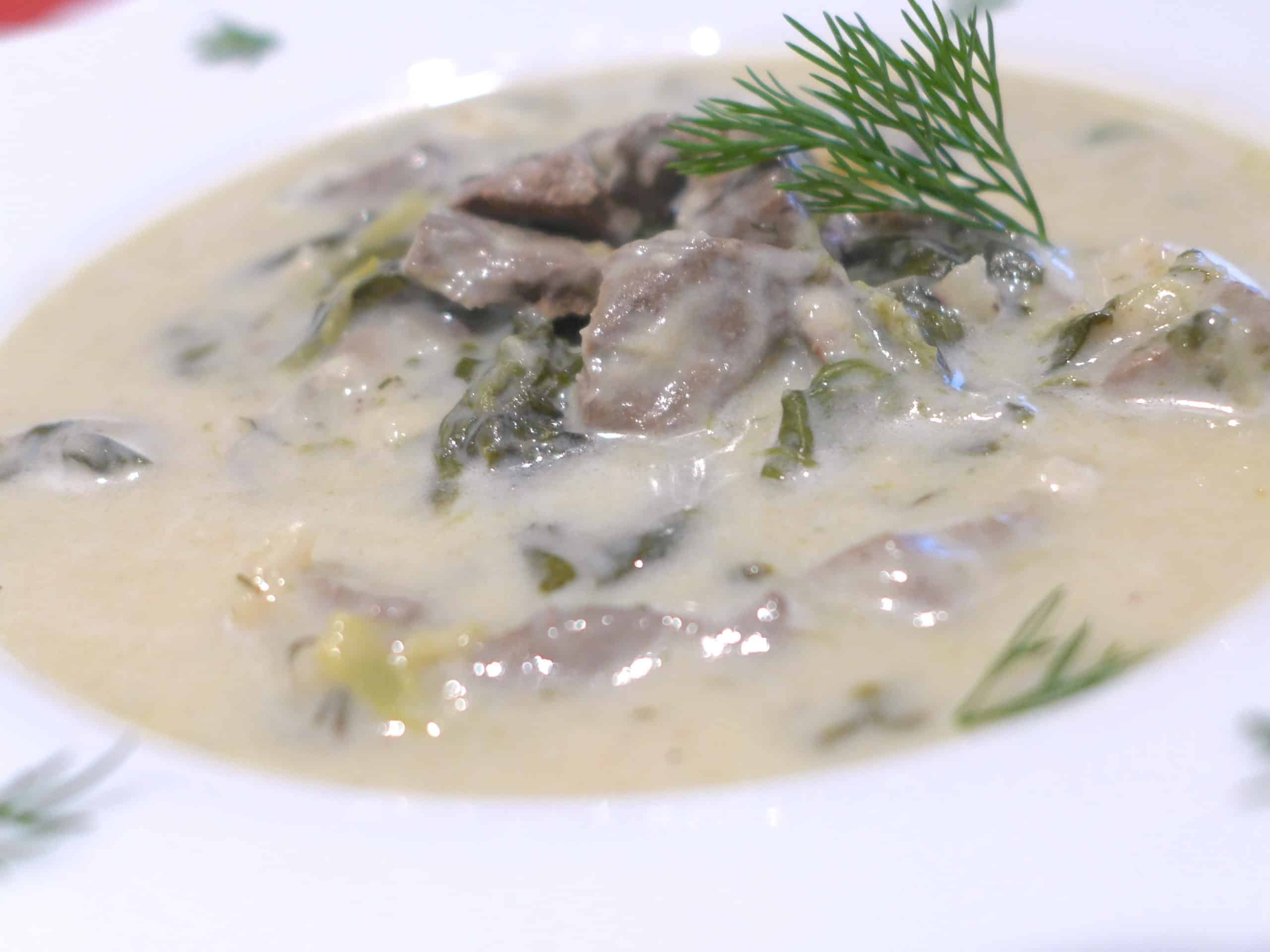Dying the Easter eggs is the brightest symbol of Greek Easter and making these vibrant and colourful Greek Easter eggs every year on Holy Thursday, always makes me realise that it’s Easter time. It is also very common to dye the eggs other colours, but as red Greek Easter eggs symbolise the blood and sacrifice of Christ, Greek Easter is rarely or ever celebrated without them.
The tradition of cracking the Greek Easter eggs after ‘Christ has risen’, symbolises the resurrection from the dead and the new life, just like a little chicken cracks the shell and comes to life. The player who successfully cracks the eggs of the other players is the ‘winner’ and is said to be granted luck for the rest of the year.
Make the perfect dyed Greek Easter eggs – Tips
As Greek Easter eggs are not made for celebrating purposes only, here are some tips to make sure that your Greek Easter eggs in addition to vibrant and colourful are also perfectly cooked.
When boiling the eggs make sure that they are at room temperature; leave them out of the fridge for 3 hours before start preparing this Greek Easter eggs recipe. Boil the eggs starting with cold water. If you try placing the cold eggs in already boiling water, the shells are more than likely to crack immediately, due to the difference in temperature. Fresh eggs are less likely to crack, but will be more difficult to peel. Add pinch of salt in the water; this will help prevent your eggs from cracking while boiling and make them easier to peel.
After adding the water, the fresh eggs sink in the bottom of the pot. Get rid of the eggs that float on top, as you don’t want your Greek Easter eggs to have gone off.
Stir gently a little bit the eggs, while the water is coming to a boil. This will help centre the yolks (but be careful not to crack the shells). As soon as the eggs are boiled, place them under running cold water to stop the cooking process and help prevent the yolk from forming a less than attractive green crust around them.
For your Greek Easter eggs to have a vibrant colour, don’t forget to add the vinegar, or else your ‘red’ Greek Easter eggs will become pink and pale. Give a little shine on your dyed Greek Easter eggs by wiping them with a paper towel with olive oil.

Dyed Greek Easter Eggs recipe
- Prep Time: 5 min
- Cook Time: 15 min
- Total Time: 20 minutes
- Yield: 12 1x
- Category: Side
- Method: Boiled
- Cuisine: Greek
Description
These brightly colored Greek Easter eggs are the ultimate symbol of Greek Easter! Preparing these vibrant and colourful Easter eggs on Holy Thursday, always makes me realise that it’s Easter time. Discover how to make them to perfection with this traditional easter egg recipe!
Ingredients
- 12 eggs
- 1 package red egg dye powder
- 6 cups warm water
- 1/3 of a cup vinegar
- olive oil, for shinning
Instructions
- To prepare these colourful Greek Easter eggs, start by boiling the eggs. Wash thoroughly the eggs and place them (in one single layer) gently in an empty pot. Add enough cold water to cover the eggs by 3-4 cm.
- Season the water with a good pinch of salt and bring to the boil. If you like your eggs hard-boiled, but juicy at the same time, boil the eggs for 6 minutes.
- Remove the pot from the stove and place the eggs under cold running water for about 1 minute to stop the cooking process. Crack one egg to check if you are happy with the result.
- After the eggs cool down, start preparing the dye for your Greek Easter eggs. Place the warm water and the dye powder in a large glass bowl and stir, until dissolved. Add the vinegar and stir to combine. Place carefully the eggs (comfortably) in the bowl and set aside for 2-3 minutes. Remove with a slotted spoon on a rack over some kitchen paper and let them dry for about 40 minutes.
- To give a little shine on your dyed Greek Easter eggs, wipe them with a paper towel with a little olive oil.
Notes
the proportions are indicative, see also the package instructions
Nutrition
- Serving Size: 1 egg
- Calories: 63kcal
- Sugar: 0.2g
- Sodium: 62.5mg
- Fat: 4.2g
- Saturated Fat: 1.4g
- Unsaturated Fat: 2.4g
- Trans Fat: 0g
- Carbohydrates: 0.3g
- Fiber: 0g
- Protein: 5.5g
- Cholesterol: 163.7mg
Keywords: Greek Easter Eggs, How to Dye Greek Easter Eggs, Greek Red Eggs
Recipe image gallery:









Where can I get the red egg dye powder for coloring the eggs please?
Try a Greek delicatessen or large grocer. Alternatively http://www.amazon.co.uk/s/?ie=UTF8&keywords=easter+egg+dyes
Your picture shows other vibrant colored eggs. Is there a powdered dye for them too?
Why did the eggs turn out slightly blotchy. But the color came out a. Deep red
Probably the dye was not fully and evenly dissolved? Also maybe the eggs were touching each other?
…because the vinegar was eating away at the outer layer. Too much vinegar causes that reaction
Could it be because I did not use Olive Oil to shine them?
Possibly. The olive oil gives them a great shine and I find that it seals in the color a bit more, so it doesn’t come off on your hands 🙂